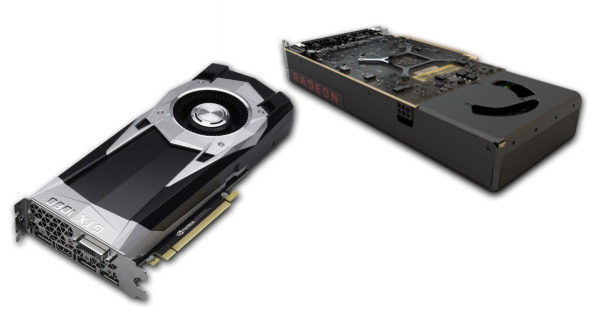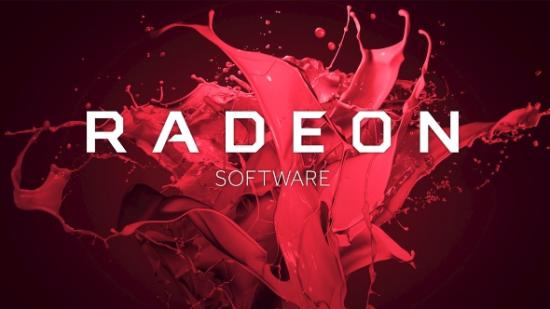Terry Makedon, the brains behind ATI and AMD’s Catalyst…now Crimson…driver software, has refocused his team to make stability a priority. But AMD are struggling against a legacy of driver stability issues and that’s still costing them users.
Your graphics card can’t do much without a screen to display on. So here’s our pick of the best gaming monitors around today.
Makedon, AMD’s director of software engineering and strategy, started out at ATI back in 2000 and was responsible for developing the Catalyst driver software in 2001 which ran the red team’s GPUs until last year, when it transformed into Crimson. But it’s not been plain sailing for the software side of the company’s graphics team, with regular complaints levelled at the Radeon driver stack. Though the contention is the complaints are often from gamers who haven’t used AMD software for years, but tempting those users back again is going to be incredibly difficult.
AMD have seen their GPU shipments increase by nearly 35% over this year, thanks to their Polaris-based graphics cards selling well. But that hasn’t translated into an increased market share – according to the latest Steam Hardware Survey it’s actually going in the opposite direction. Since last November AMD’s market share on Steam has dropped from 26.3% to 23.5%. That paints a pretty dismal picture for their GPUs and part of that is down to AMD’s software legacy.
“Why do you care about software? The number one reason is performance,” Makedon explained to us at the recent Crimson ReLive unveiling. “Stability is the unwritten rule. A decade ago we had issues with our stability and we would have game crashes and we lost a lot of customers because of that. So that’s why we kinda focused on stability as job one.”
Those decade-old issues still stick in the minds of PC gamers. When I went live with our testing of the Crimson ReLive software update, for example, we received comments via social media still reflecting a general distrust of AMD’s drivers.
“Stability is something we need to nail, we need to control,” Makedon continued. “And by stability I mean when a game comes out not only are we highly optimised for it in terms of performance but we’ve tested the shit out of it and we know there’s no stability issue.”

“Performance was always kinda there but in the last two years I have seen our stability drastically increase, and the main point of that is the user satisfaction ratings. So I go on forums all the time and I constantly see the comments of “AMD drivers suck!” And the truth of the matter is that’s an Nvidia user that hasn’t touched our stuff for five to ten years.”
People actually using AMD’s driver software right now seem to be loving it. They give you the opportunity to have your say about the Radeon Settings application, and the software behind it, and it’s got a pretty unprecedented 4.5 out of 5 user approval rating, from around 85 million downloads. That’s good going for a company whose drivers are apparently so rubbish.
“I’ve never given any company a five because if you give a company a five that means you’ve done everything you can, don’t worry about it, you don’t need to improve,” said Makedon. “It’s really coming through from our users a 4.5 out of 5. I’m blown away.”
And when there are issues with driver support for new games AMD’s software team are on it in a flash. “We can get a hotfix out in one or two days,” said Makedon. “If it’s catastrophic, if it’s a bluescreen in a popular game, we’ll have a fix out in a few hours.”
Given that 57% of all gamers, PC and console combined, are using Radeon graphics silicon – and hence their driver stacks – they must be doing something right. But what are your experiences with AMD’s driver software, do they get a 4.5 out of 5 score from you?
